|
“So what’s the population in Wiseman?” a friend asked. “Right now? About thirteen.” “Oh, that’s a decent size,” she mused. “No, not thirteen-hundred,” I laughed. “THIRTEEN PEOPLE.” Living in a village of roughly 13 year-round residents is definitely a conversation starter — especially considering there isn’t another village with permanent residents on the road system between here and 270 miles south to Fairbanks. (Below: A photo I took on a drive south around the winter solstice with the moon and my favorite cotton-candy sky.) When we say we’re “going to town” for supplies, we mean the 6-hour drive to Fairbanks. As Alaska’s second largest city, Fairbanks has many resources we utilize such as hospitals, an international airport, a university, Costco, grocery stores, construction suppliers, and tons of small businesses. (Below: What my carts usually look like on a Costco trip. Sometimes I need more than one! Because we don't go to town often — sometimes every 3 months — it's imperative to shop smart, preserve what we can, and subsist off the land however possible.) Throughout the last century, Wiseman — which sits on traditional Koyukon lands — has been home for indigenous peoples, gold miners and homesteaders alike. In the 1920s when the village was in its hey-day (around 80 residents), Robert "Bob" Marshall spent a year here taking copious notes on all the happenings in and around town, and wrote a book on his experience called “Arctic Village”. He called Wiseman the “happiest civilization of which I have knowledge.” However, rumor has it the villagers weren’t too pleased a book had been written about them without their knowing! Alas, the book was a best-seller of its time, and it’s one of the books we recommend our guests read before visiting. Despite our ability to “drive to town” today, Wiseman was a roadless community for most of its history. Like many villages, it was fly-in/fly-out, access on foot, dogsled or via rivers/waterways. In the 1970s, the federal government decided to make a road from north of Fairbanks to the Arctic Ocean to complete what became the Trans-Alaska Pipeline, to transport crude oil 800 miles from Prudhoe Bay to Valdez. The resulting “Haul Road” is the road we drive today. Some other villages in northern Alaska have seasonal ice roads, but none have year-round driving access like Wiseman. You might think, “Oh, that’s sad. We should pave roads to all those places!” Think again. Although there are upsides to the ability to “drive to town” as I’ve mentioned, and it has made tourism much more common here, villagers who lived in Wiseman back in the 70s were devastated when the road was built. It wasn’t even open to the public until the 90s. We’re fortunate to hear the tales of that time from our neighbors who grew up here, and still live here today. Still today, it’s one of the most dangerous roads in America. What makes it so is heavy industrial traffic carrying hundreds of thousands of pounds of pipeline supplies, the potential for treacherous weather, lack of resources (or cell service) for help in an emergency, and wild driving conditions on a (mostly) gravel road. To get your car towed, you're looking at a couple thousand dollars. Don't expect a tow membership service to cover this area. Traditional rental car companies don't allow their vehicles to travel the Haul Road either. Just this past week, a propane truck rolled over on a corner known as "Oh Shit" corner. In short: You need to be an extremely competent driver. When it comes to modern infrastructure, the arctic tundra is unforgivable. “Paving roads” is so much more complicated and destructive on permafrost, mud, and ice. For the other villages, bush planes, hiking, snowmachine, dogsled and traveling on waterways are the preferred modes of transport from a purely practical standpoint — especially when you consider that the State of Alaska Department of Transportation spends copious resources year-round for the maintenance of the Haul Road. Despite their efforts, even rebuilding and maintenance does no good sometimes… just this week, the breakup from the raging Sagavanirktok River washed out a section of the Haul Road south of Deadhorse. The subsequent delay in transport of critical goods and services while the road is rebuilt will likely cost the state greatly… while potentially trickling down to affect the price of gas at the pumps, truckers’ livelihoods, and extra burden on those businesses that serve primarily pipeline traffic. Here's a screenshot from a local news article/video released on Thursday this week: There’s quite a bit of controversy in our area as foreign mining operations, oil/natural gas companies, and those fighting for the preservation of indigenous lands, native peoples, and wildlife all come to a head. As our friends at the Brooks Range Council recently summarized current events: It's a clash of "subsistence issues, environmental issues, economic issues and basic human rights issues" up here.
All this certainly gives us villagers something to talk about at Mail Day! I'll tell you more about that in "part 2"… In light, Mollie
0 Comments
Leave a Reply. |
Want to make sure you never miss an update from the Arctic? Click the button above, and our stories and updates from the Arctic will go straight to your inbox.
Archives
December 2023
Categories |
- Home
- About
- Press
- SUBSCRIBE
-
Retreats
- Retreat Calendar
- Bring a Group
- Harvest of the Heart: A Fall Equinox Yoga + Hiking Retreat
- Winter's Womb: A Women's Only Winter Solstice Yoga Retreat
- REWild: A Northern Lights + Yoga +Adventure Retreat
- Arctic Awakening: Learn how to be a dog musher in the Alaskan Arctic!
- Paws to Peaks: Dogsled Assisted Backcountry Skiing and Snowboarding in Alaska's Brooks Range
- Yoga Training
- Journal
contact usfind us |
keep in touch with usSubscribe to our newsletters for occasional updates, retreat dates, and more. We promise we won't send too many emails — and we'll always show pictures!
|
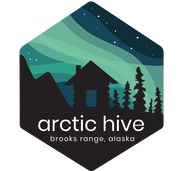
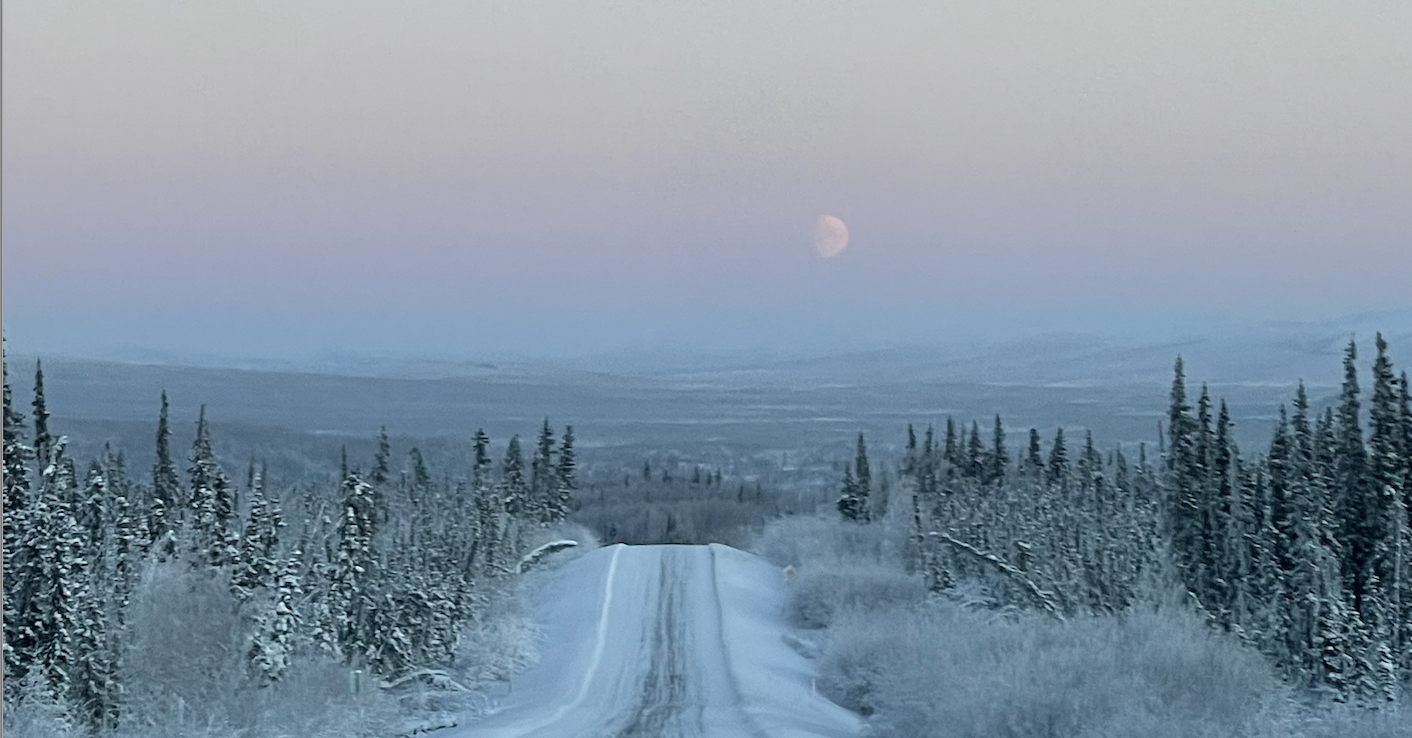
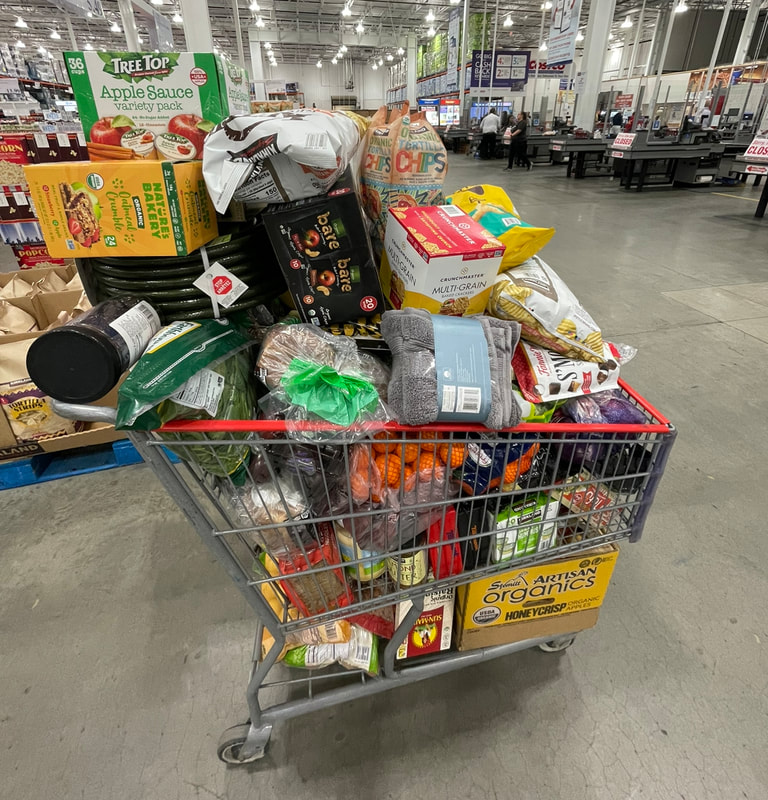
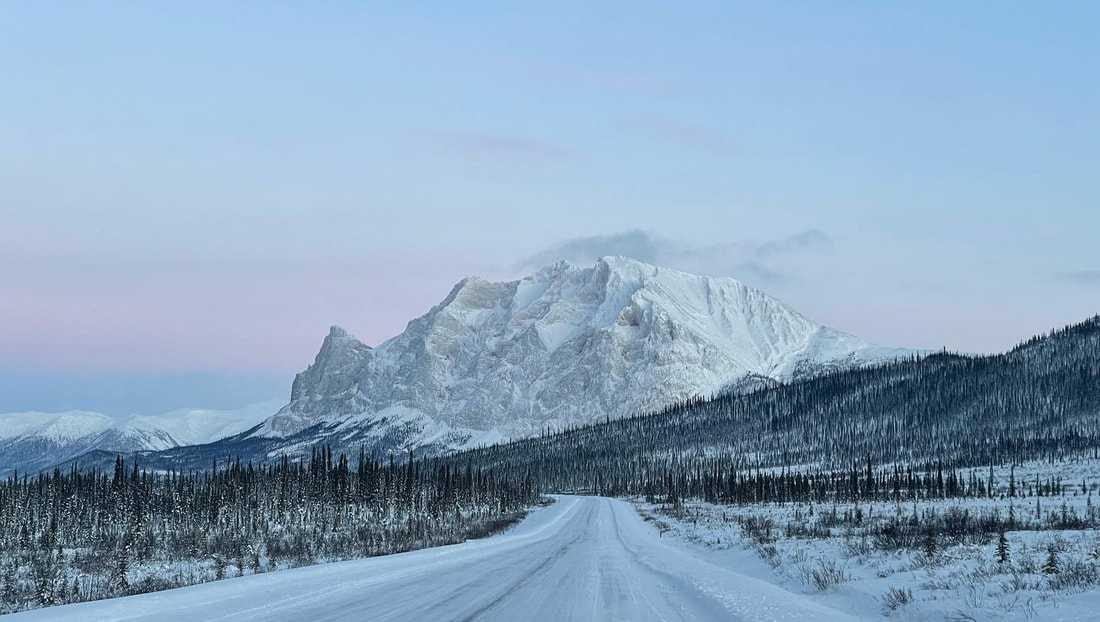
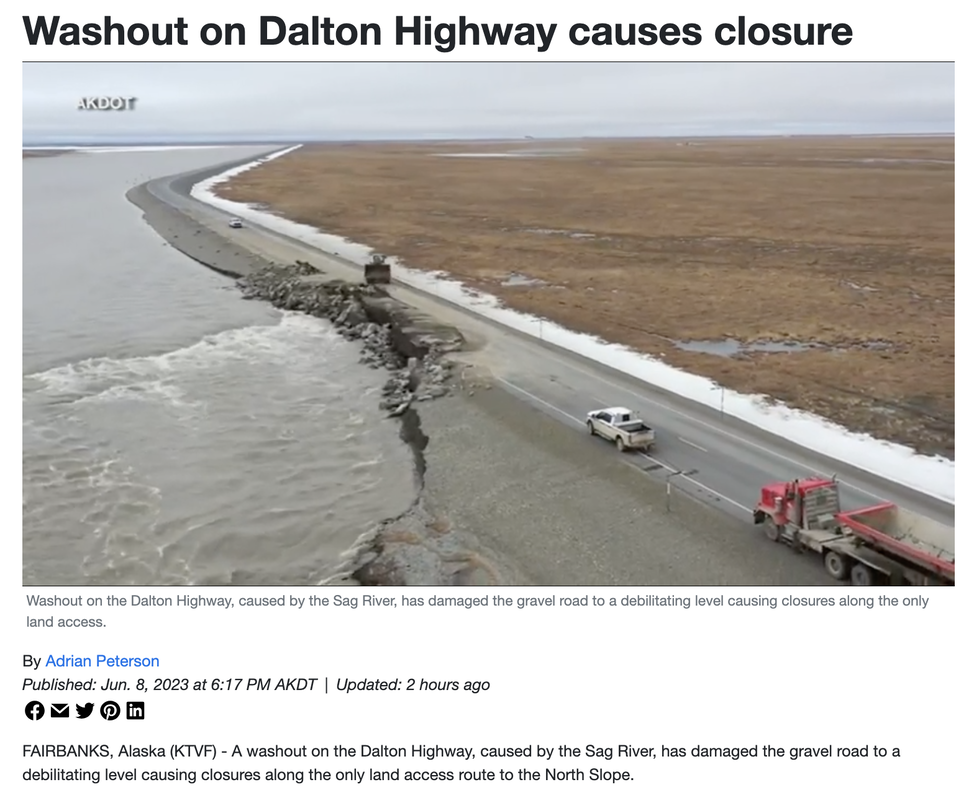
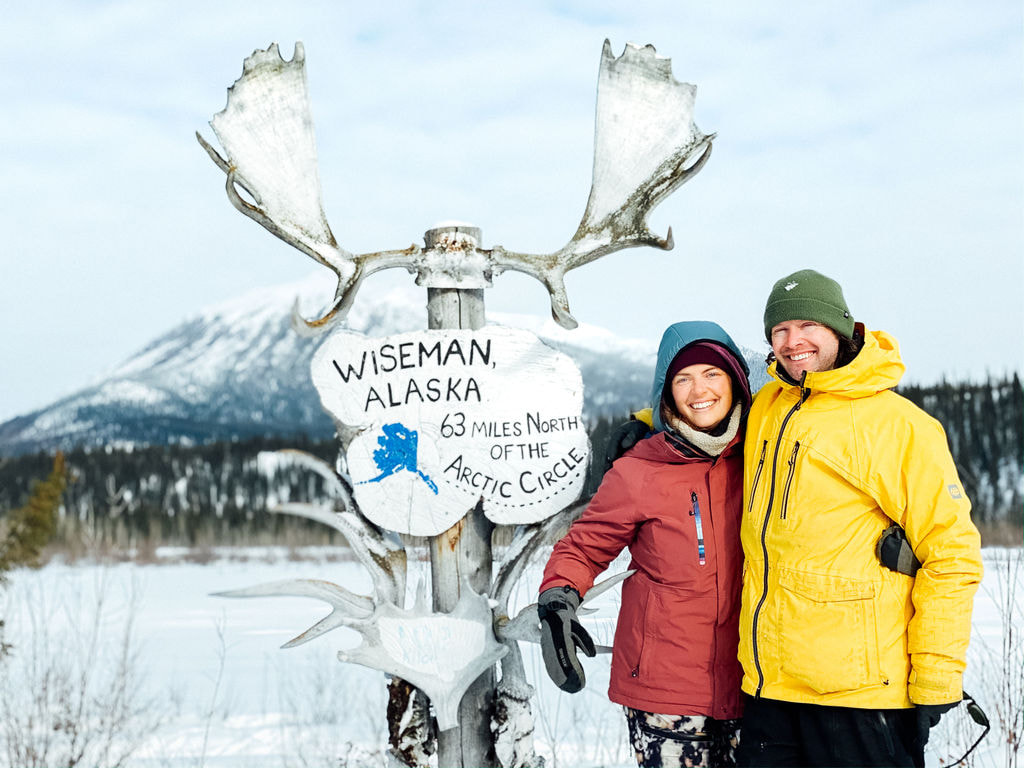
 RSS Feed
RSS Feed